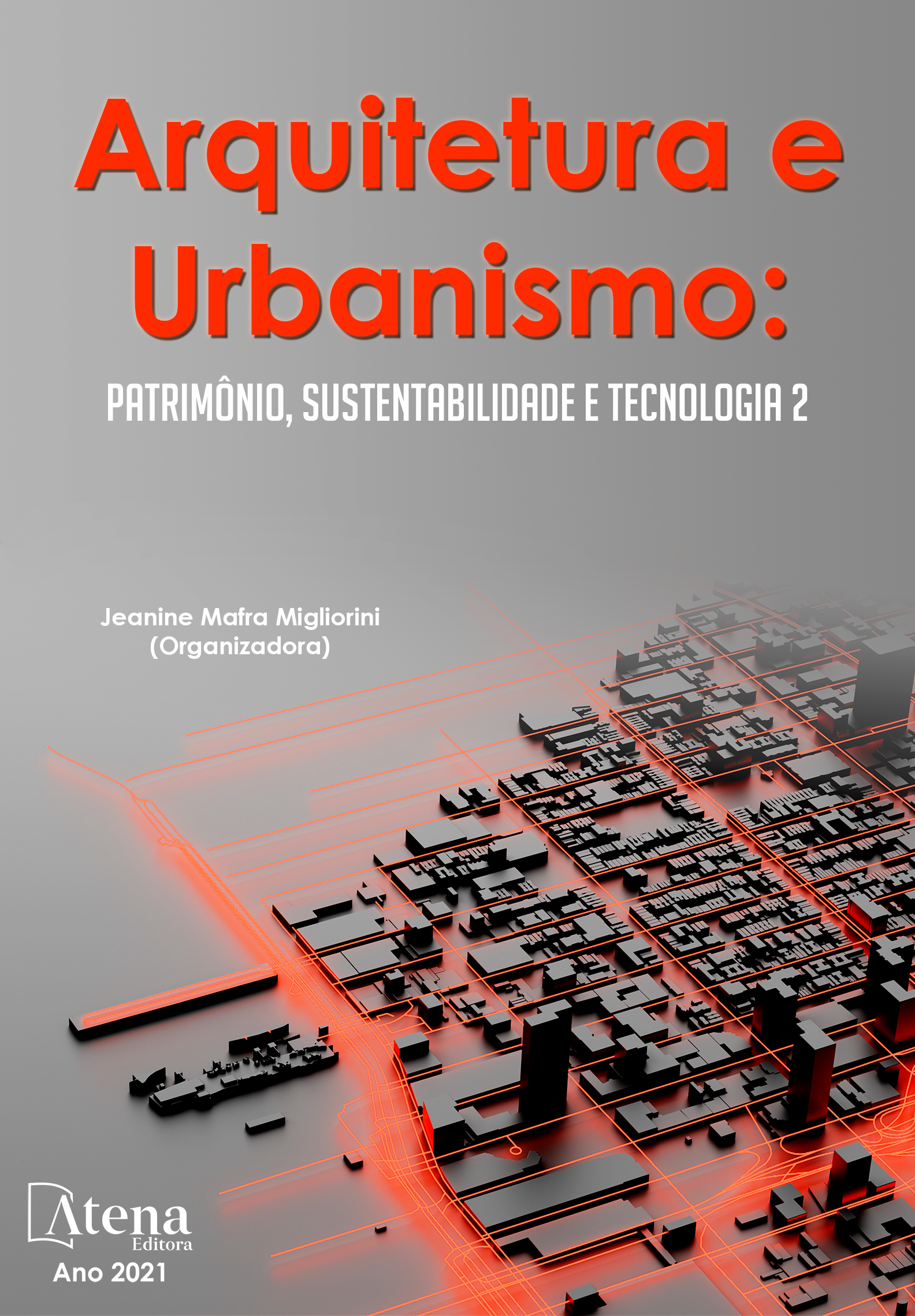
CIDADES CRIATIVAS E REQUALIFICAÇÃO URBANA: CONSUMO DO ESPAÇO E DINÂMICA SOCIOESPACIAL NA ANTIGA ESTAÇÃO FERROVIÁRIA DE CORDEIRÓPOLIS (SP)
O presente artigo relata os estudos de pós-doutoramento que tratam das ações humanas sobre o espaço urbano em uma cidade paulista de pequeno porte, abordando as dinâmicas materiais neste cenário e suas relações com a economia criativa. Analisam-se desta maneira, os indutores e resultantes representados pelas relações de consumo e apropriação espacial, ampliadas em suas perspectivas pela busca incessante dos cidadãos na obtenção dos serviços necessários, convívio socioespacial, geração de renda e luta pela sobrevivência. Foi focado neste contexto, um recorte da área urbana central do município de Cordeirópolis – localizado na terceira região de maior concentração industrial do país - a área da histórica Estação Ferroviária, instalada no ano de 1.876, única no país implantada “em curva”. O trabalho pautado na análise de situações socioespaciais do cotidiano urbano, em especial dos processos em ocorrência no espaço representado pelo antigo pátio ferroviário, procurou demonstrar as possibilidades envolvidas na mudança de paradigmas na condução do planejamento urbano voltado a reintegrar – utilizando-se dos conceitos da economia criativa - aquele local à dinâmica da cidade.
CIDADES CRIATIVAS E REQUALIFICAÇÃO URBANA: CONSUMO DO ESPAÇO E DINÂMICA SOCIOESPACIAL NA ANTIGA ESTAÇÃO FERROVIÁRIA DE CORDEIRÓPOLIS (SP)
-
DOI: https://doi.org/10.22533/at.ed.16021160717
-
Palavras-chave: espaço urbano; economia criativa; consumo e apropriação espacial; Estação Ferroviária; dinâmica da cidade
-
Keywords: urban space; creative economy; consumption and spatial appropriation; Train station; dynamics of the city
-
Abstract:
This article reports on postdoctoral studies that deal with human actions on urban space in a small city in São Paulo, addressing the material dynamics in this scenario and their relations with the creative economy. In this way, the inducers and results represented by the consumption relations and spatial appropriation are analyzed, broadened in their perspectives by the incessant pursuit of citizens in obtaining the necessary services, socio-spatial coexistence, income generation and struggle for survival. In this context, a focus was placed on the central urban area of the municipality of Cordeirópolis - located in the third region with the highest industrial concentration in the country - the area of the historic Railway Station, installed in the year 1876, the only one in the country implanted “in curve”. The work based on the analysis of socio-spatial situations of urban daily life, especially of the processes occurring in the space represented by the old railway yard, sought to demonstrate the possibilities involved in changing paradigms in the conduction of urban planning aimed at reintegrating - using the concepts of creative economy - that place to the dynamics of the city.
-
Número de páginas: 15
- Eduardo Alberto Manfredini


